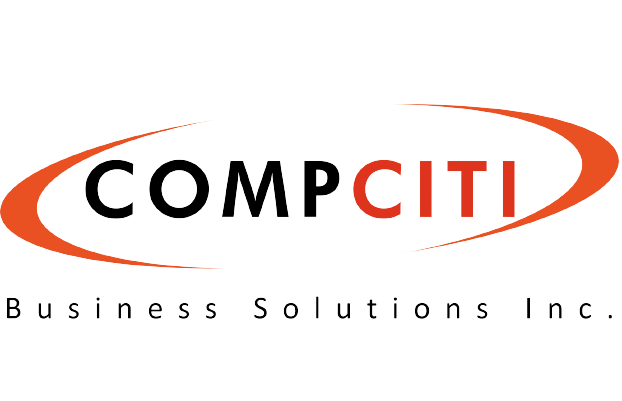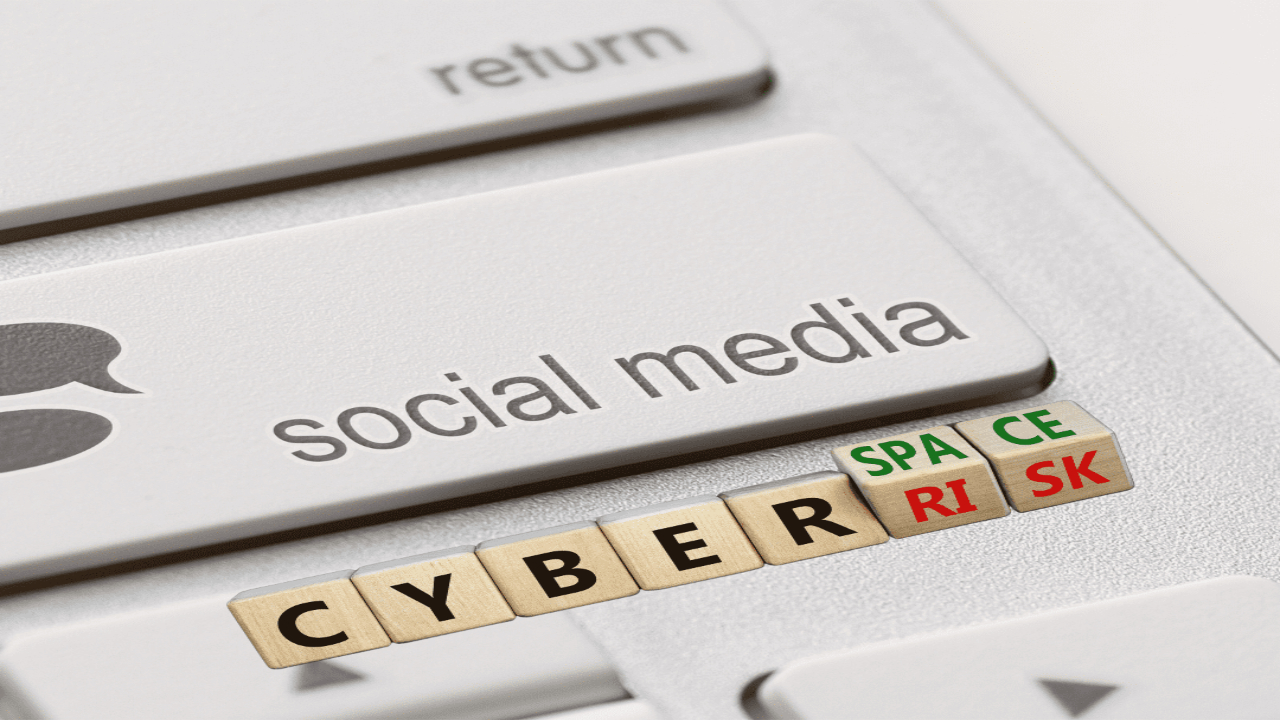Businesses frequently use social media as a tool online for communication with consumers, clients, suppliers, and other companies. It is used to manage the business, pay employees, and conduct financial transactions with customers. However, social media and the internet carry risks that companies should be aware of because they could have an adverse effect on their organization, their staff, and their customers. Businesses should be cognizant of the risks associated with social media and the possible mitigations. While social media risks cannot be eliminated, steps can be taken to lessen their likelihood of success and their impact should they do so.
Cyber Threats on Social Media
Social media risks can be divided into two main groups. One is a risk to society, and the other is a risk to technology. Individual-level risk and proficient risk are the two subcategories under which social risks are further subdivided. Individual-level risks include productivity loss, cyberbullying, cyberstalking,identity fraud, and collective information overload, whereas professional-level risks include inconsistent personal branding, reputational harm, and data breaches.
Phishing, malware, social manipulation, and cyberbullying are a few examples of online dangers on social media. Attackers can coerce users into disclosing sensitive information, downloading malicious files, or performing other security-compromising actions by using private data obtained from social media profiles. On social media sites, cyberbullying may also pose a serious problem.
Cybersecurity on Social Media
- To enhance cybersecurity on social media, users can take the following measures:
- Use strong and unique passwords for social media accounts, and enable two-factor authentication.
- Regularly update security settings on social media accounts, and limit the amount of personal information shared publicly.
- Be cautious of suspicious messages or requests, and avoid clicking on links or downloading files from unknown sources.
- Use reputable anti-virus software to protect against malware and other threats.
- Regularly monitor social media accounts for suspicious activity and report any incidents to the platform’s security team.
Organizations can also take the following measures to enhance cybersecurity on social media:
- Establish clear policies and guidelines for social media use by employees, and provide training and education on best practices and potential risks.
- Implement tools and technologies to monitor social media activity for potential threats and to respond to incidents quickly.
- Regularly review and update security measures, such as firewalls and intrusion detection systems, to protect against cyberattacks
Cybersecurity Hygiene
Phishing attacks are a common tactic used by cybercriminals to gain access to sensitive information or install malware on a victim’s computer. These attacks often involve sending a fraudulent email or message that appears to come from a legitimate source, such as a bank or social media platform. The message may contain a link that leads to a fake login page or a file attachment that installs malware when opened.
When clicking on links or downloading files from untrusted sources, people can take precautions to protect themselves against phishing attacks. Additionally, they can watch out for telltale indicators of phishing emails, such as a message that is urgent or threatening, one that demands personal data, or an email address that seems dubious. Employers can use email and web filtering solutions to block shady emails and websites and stop staff from accessing potentially harmful content. Furthermore, regular employee training on how to recognize and avoid phishing attacks can aid in the prevention of successful attacks.
User Awareness When Using Social Media
“User Awareness When Using Social Media” refers to the importance of users being conscious and mindful of their actions and behaviors when using social media platforms. Social media has become an integral part of our daily lives and has numerous benefits, such as staying connected with friends and family, finding and sharing information, and building professional networks. However, it can also have potential risks and negative consequences if not used responsibly.
Therefore, users need to be aware of the following aspects when using social media:
- Privacy: Users should be conscious of the information they are sharing on social media platforms. They need to be aware of their privacy settings and avoid posting personal information that could be used by cybercriminals for identity theft or other malicious activities.
- Cyberbullying: Cyberbullying: Users should exercise caution when posting on social media and should refrain from harassing others in any way. Cyberbullying can have serious emotional and psychological consequences and can lead to long-term negative effects on the victim.
- Content: Users should be responsible for the content they post on social media platforms. They need to be aware of the potential impact of their posts and avoid posting anything that could be considered offensive or inappropriate. Posting harmful or misleading content can have serious consequences for individuals or even society as a whole.
- Security: Users should be cautious of scams, phishing attempts, and other security threats on social media. They need to be aware of the risks of clicking on suspicious links and be wary of any messages from unknown sources. Falling prey to such attacks can lead to identity theft, financial loss, or other serious security breaches.
- Time management: Users should be aware of the time they spend on social media and how it affects their daily lives. They need to be conscious of their social media habits and take breaks to maintain a healthy balance between their online and offline lives.
Because of its global user base, cybersecurity in the context of social media is an important topic to discuss. According to the literature reviewed in this article, there are numerous cyberattacks in the current social media sphere. Although the various social media platforms include a security framework,it may not be sufficient to protect those who use them from cyberattacks. This is caused by human error, which has the potential to open backdoors for the launch of cyberattacks. User awareness and behaviour are critical in decreasing the effects of human errors.

